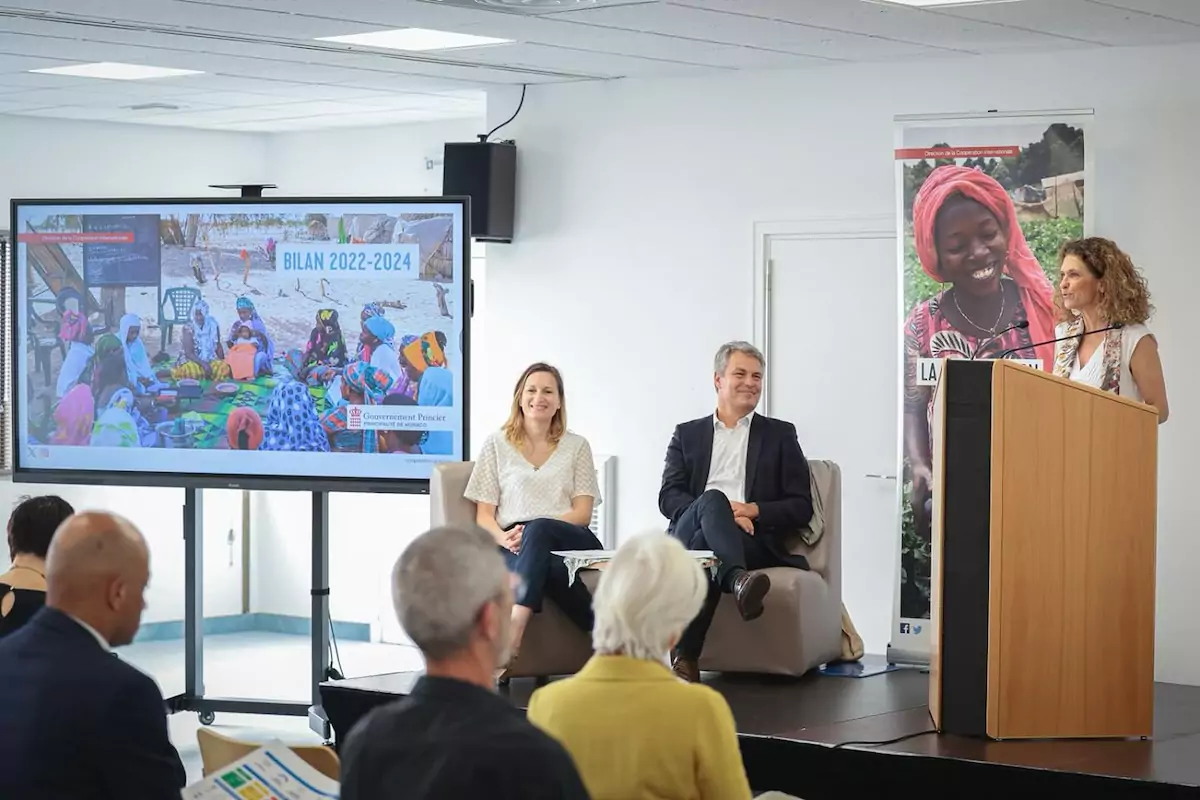Monaco’s Directorate of International Cooperation has reported that 3.5 million people directly benefited from the Principality’s development aid efforts during the 2022–2024 strategic plan. The results, presented on Friday 6th June to senior officials within the Monegasque administration, underline the country’s outsized impact in global humanitarian support.
During the three-year period, the Monegasque government committed €74.1 million in Official Development Assistance (ODA), much of it targeted at some of the world’s most vulnerable communities. With €637 spent annually per resident, Monaco remains among the most generous donors per capita. Former UN Secretary-General Ban Ki-moon once described the Principality as a “small country with a big heart” — a reputation that continues to be backed by figures such as these.
Monaco focused its support on 12 countries across three global regions, with over 75% of aid directed to eight of the world’s Least Developed Countries (LDCs), in line with United Nations objectives. This strategic targeting is designed to maximise the impact of limited resources while reinforcing Monaco’s international role in poverty alleviation.
Health remains top priority
Healthcare received the largest share of aid, with one-third of resources allocated to medical and maternal health programmes, directly benefiting 2.4 million people. These included projects aimed at reducing mortality among women, children, and adolescents, as well as capacity-building for local healthcare workers.
Food security and nutrition initiatives reached an estimated 500,000 people, focusing on sustainable agriculture and school meal programmes that aim to provide long-term solutions for vulnerable populations. Education and child protection projects also supported half a million beneficiaries, with particular attention given to girls’ access to schooling.
Jobs, equality, and emergency response
Efforts to promote decent work helped nearly 100,000 individuals, mainly women and young people, through vocational training, job-readiness support, and entrepreneurship schemes. Across all sectors, the most marginalised groups — including people with disabilities, displaced persons, and refugees — were placed at the centre of Monaco’s aid efforts.
The strategy also integrated environmental sustainability into project design, with a preference for initiatives that protect natural resources. Meanwhile, Monaco responded to 53 emergency appeals from the United Nations and international NGOs during the period, providing support in the face of climate disasters, armed conflicts, and other humanitarian crises.
Monaco Life is produced by a team of real multi-media journalists writing original content. See more in our free newsletter, follow our Podcasts on Spotify, and check us out on Facebook, Instagram, LinkedIn and Tik Tok.
Photo source: Government Communications Department
